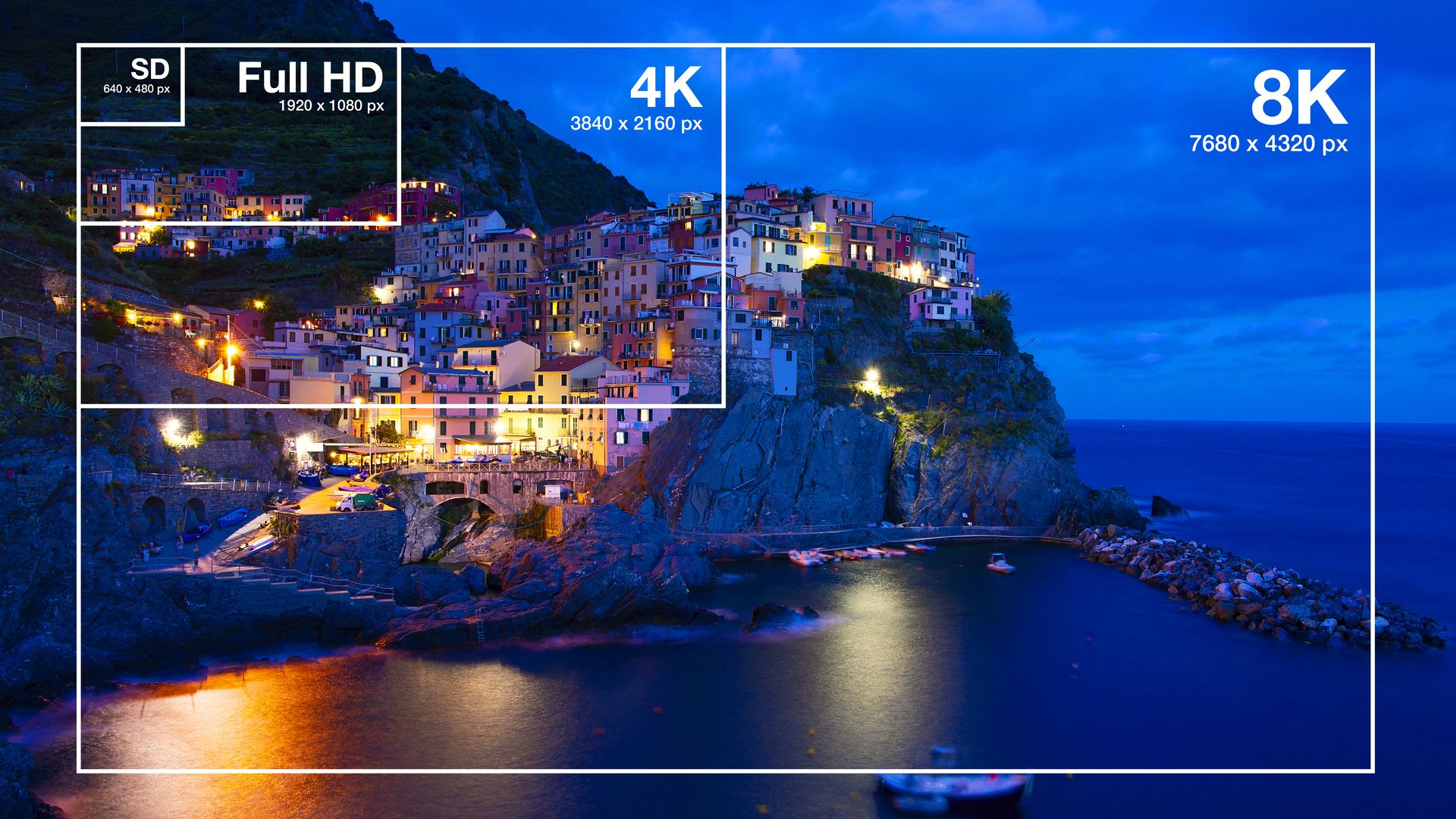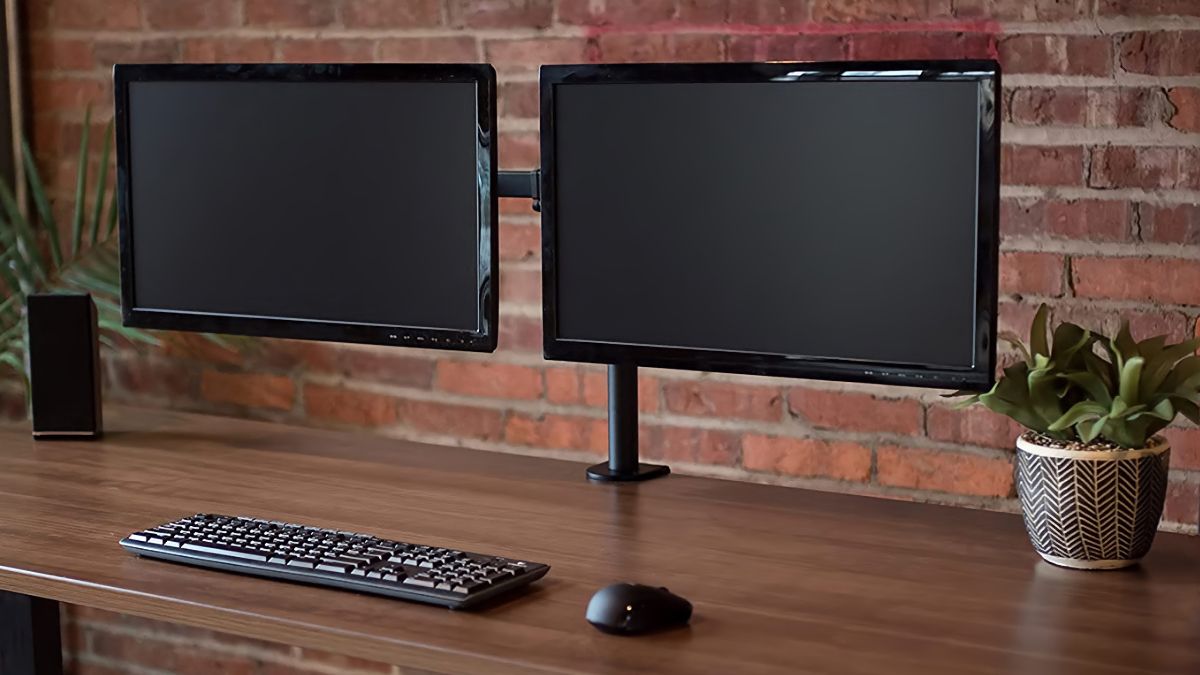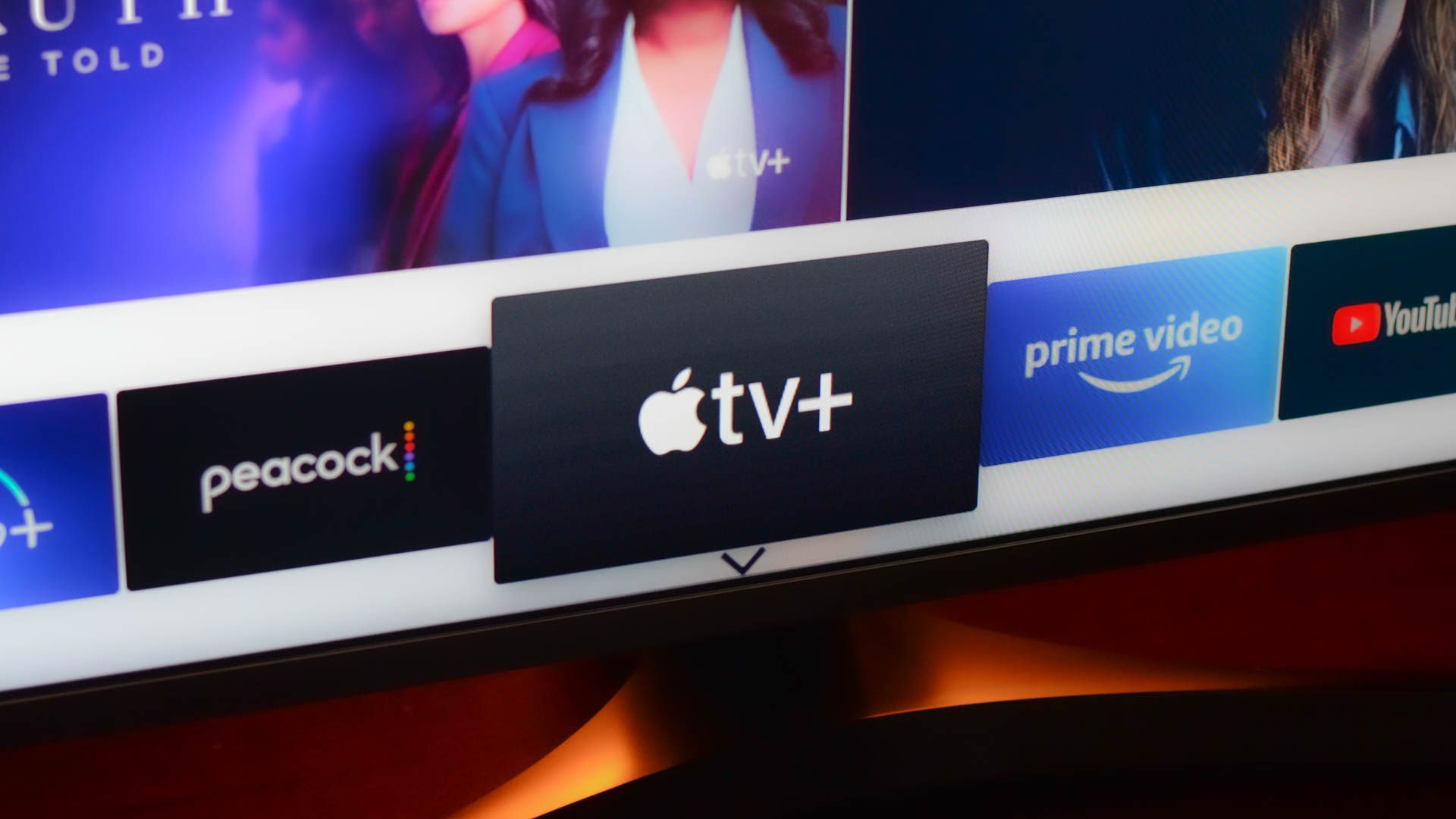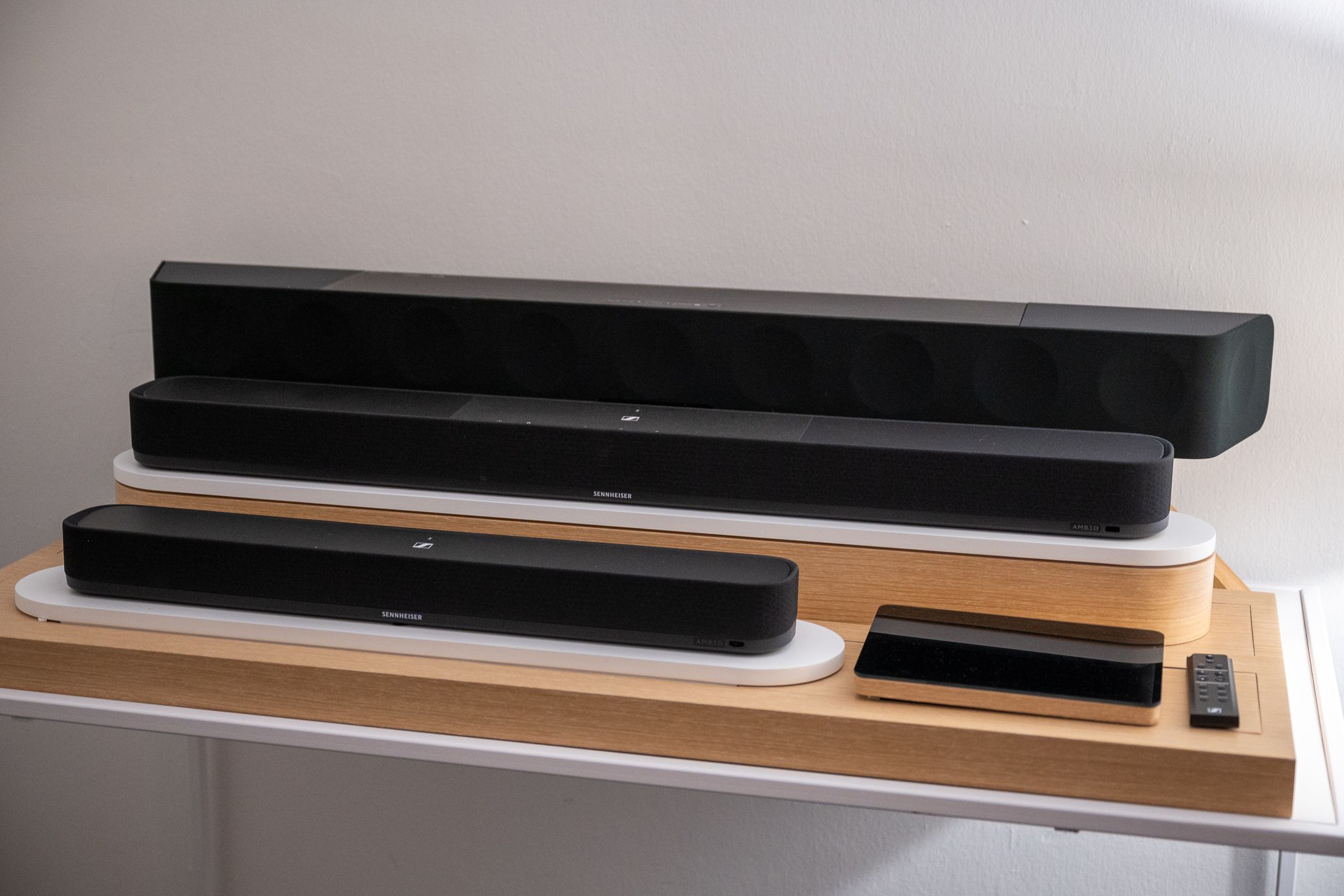Key Takeaways
- Choose a 4K monitor for best visuals on current-gen PS5 and Xbox Series X systems, or opt for a 1440p monitor for lower resolution gaming that’s supported natively by both platforms.
- Choose a monitor over a TV for a more compact gaming setup, fewer intrusive and unnecessary features, and easier workspace consolidation.
- Get the best value for money by opting for a monitor designed specifically for gaming with the right resolution and connectivity options.
Monitors are often associated with PC gaming, but the benefits of owning one don’t have to exclude those who prefer playing on a console. It can be tempting to stick a big, fancy TV in your living room, but investing in a monitor could be a better move. Here’s what you need to know.
Resolution Matters
4K is the name of the game when it comes to resolution in the current generation of consoles, with the PlayStation 5 and Xbox Series X targeting it as the standard output resolution (even if games don’t always manage it). While most TVs are now native 4K panels, they aren’t always the best option.
The gap between TVs and monitors when it comes to latency and refresh rates is smaller than ever, but things like input lag may persist on older or lower-end TVs.
Meanwhile, many monitors are pushing things even further when it comes to resolution by offering support for 1440p, a comfortable middle-ground between 1080p and 4K. This is something that most TVs are much less likely to have. Both the PS5 and Xbox Series X include native support for 1440p outputs, with some games (like the recently-patched Fallout 4) offering graphical modes designed specifically with 1440p in mind.
Still, 4K is the general baseline for the current generation. A 4K monitor is not only going to ensure consistent performance on current-gen systems, as well as future platforms like the much-rumored Nintendo Switch successor and PlayStation 5 Pro.
Consolidate Your Workspace and Gaming Station
Depending on your living situation, a more compact and less intrusive gaming setup might be of huge benefit, especially if you live with others or are limited to an office or bedroom where a TV would take up more real estate. Monitors tend to be much smaller than TVs and offer similar, if not better performance. With the right wall mounts, you can make them as unintrusive as possible and keep them out of the way when not in use.
With a corner desk or similar setup, you can sit much closer to your screen, which, combined with the increased pixel density as a result of the monitor’s smaller size, means you’ve very little to lose in terms of image quality compared to a big screen TV.
If you also own a PC for work or simply prefer your console over it for any reason, you could even set up a second screen to keep guides, walkthroughs, online communities, Discord, or other helpful things open next to you while you play.
Less Inflated Costs and Unneeded Features
A lot of modern TVs come with fancy bells and whistles, usually intended for ease of use or extra benefits to improve your multimedia setup, streaming, or input methods. Many of these don’t apply if you’re only looking to use the display for gaming. Monitors, on the other hand, are usually just screens that output whatever you connect them to, and they can be much cheaper as a result since they don’t pack in a bunch of unnecessary features.
Some budget-friendly 4K TVs, like Roku Smart TVs, manage to keep their prices down but they do so with adware and sometimes forced online connectivity which can hinder performance and compromise your privacy. Believe it or not, most smart TVs are spying on you. These intrusive features serve little to no benefit when it comes to gaming and are merely meant to gather data and (sometimes) create a more convenient multimedia setup by learning habits and making content suggestions.
Fortunately, using a monitor doesn’t have to mean sacrificing your media habits entirely since you can always add a Chromecast and a streaming remote to your setup and effectively use your monitor as a TV anyway. As long as you’re smart about which one you buy, there is no reason to sacrifice these extra perks just because you don’t have access to a Smart TV’s online functionalities.
If you do decide to look for a monitor to add to your console gaming setup, there are a few things you’ll want to keep in mind to make sure you’re getting everything you need. Monitors come in a vast range of resolutions and aspect ratios, so look for a 16:9 monitor that pushes a native 4K image.
If 4K is beyond your budget, 1440p is a good middle ground for those gaming on a PS5 or Xbox Series console.
Arguably just as important as resolution is the number of HDMI connections that a monitor allows, since having only one effectively limits you to only using it for your console or having to constantly switch out your cables. These ports should be HDMI 2.1 to ensure support for standards like ALLM and HDMI-VRR. In most cases, finding a monitor with two HDMI ports is fairly easy and highly recommended, since it leaves you with an extra port for a streaming device like a Chromecast or even a second monitor if you have a PC as well.
Many monitors will support DisplayPort and USB-C for source video. Though these are useful for connecting PCs and laptops, they aren’t ideal if you’re only going to be plugging in your PlayStation and a Chromecast.
Audio is also easy to forget about when it comes to monitors since many of them either have very limited, low-quality speakers built in or flat out don’t have any in the first place. This may not matter if you use a headset while gaming, but a small soundbar speaker can connect directly to your monitor and provide external audio without taking up too much space.
In terms of refresh rate, modern consoles hit a max of 120Hz. Many current-generation games fail to take advantage of this, but if you want a monitor that will hold up well in next-generation titles (whenever they arrive), a panel that can achieve 120Hz is a solid choice. Refresh rates of 144Hz or higher, which are increasingly common on monitors, won’t be put to good use in a console-first setting.
Lastly, variable refresh rate (VRR) has all manner of benefits for modern games. It eliminates screen tearing and can even compensate for low frame rates in the right setting. HDMI 2.1 support means you’ll be able to use HDMI-VRR on PlayStation 5, while the Xbox Series consoles can use both HDMI-VRR and AMD FreeSync.
Lastly, there are some things you should try to avoid when shopping for a monitor that’s primary use is a console. Don’t bother with an ultra-wide or super ultra-wide monitor with an aspect ratio like 32:9 or similar, since these will leave you with black bars around the edge of the screen. Your money is better spent on a higher-quality 16:9 display.
Similarly, super high refresh rates like 240Hz or higher aren’t worth it when your primary usage is PC gaming. A refresh rate of at least 120Hz gives you more options, but if your budget won’t stretch then you may need to settle for 60Hz.
Gaming on a TV is not inherently a bad idea and can be a lot of fun on a couch with friends or in more casual settings, but monitors can provide unique benefits you may not even know you were missing out on. TVs are nice and a lot bigger in some cases, but monitors are sometimes more affordable and offer more for your money, so the next time you’re looking to update your setup or you’re a first-time buyer, consider a monitor instead.








